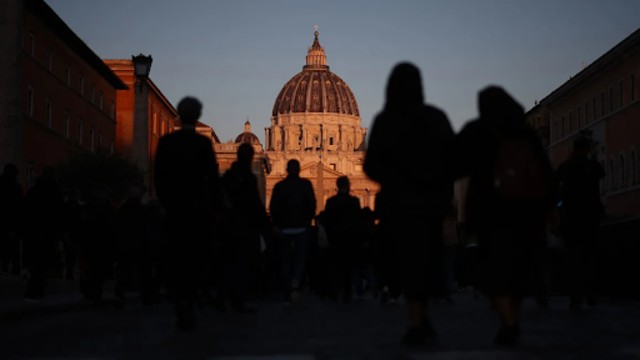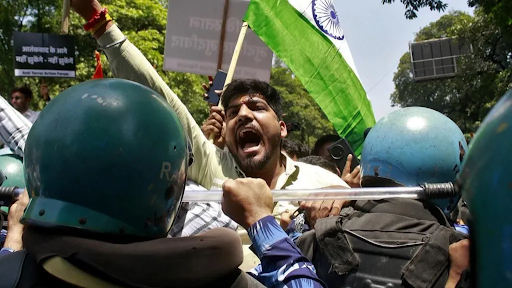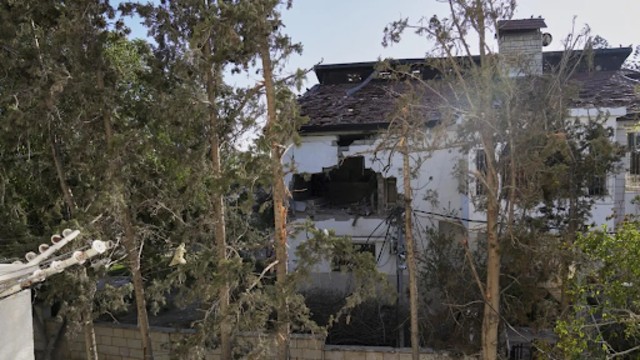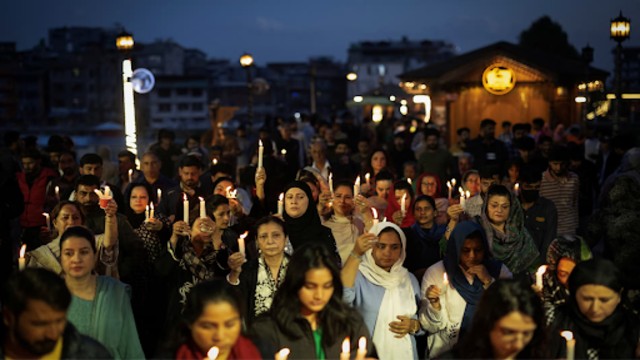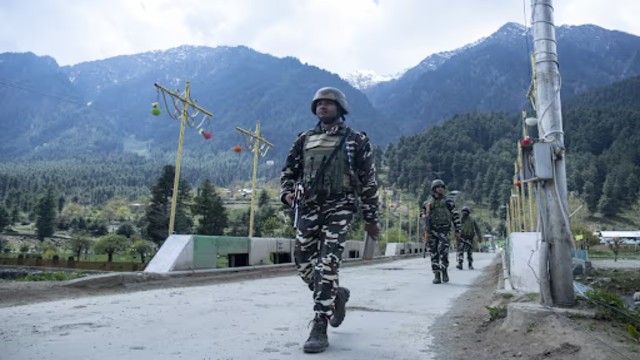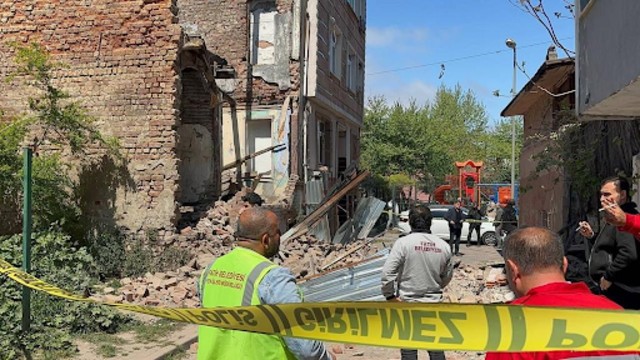
Rohingya refugees walk along a road through a closed market at the Kutupalong camp in Ukhia, Cox's Bazar, Bangladesh, on August 25, 2020. Reuters
Recent reports have intensified fears of ethnic cleansing against the Rohingya Muslim community in Myanmar, following a series of drone strikes that allegedly killed hundreds of people, including women and children, last week. The attacks occurred in Myanmar’s Rakhine state, specifically in Maungdaw, as Rohingya civilians attempted to escape escalating violence.
Social media has been flooded with distressing videos showing numerous bodies lying along the banks of the Naf River, which separates Myanmar from Bangladesh. One video, geolocated to the Myo Ma ward near the river, shows a man crying as he walks through a blood-stained path. The scene is dotted with lifeless bodies and scattered personal belongings.
According to Rohingya activists and witnesses, the drone strikes on August 5 targeted civilians who were fleeing from violence in their villages. These families had gathered at the river, waiting to cross into Bangladesh when the attacks occurred. Unverified sources estimate that around 200 people might have been killed, making it one of the deadliest attacks in Myanmar’s ongoing civil war, which began after the military coup in 2021.
The Arakan Army (AA), an ethnic armed group fighting the Myanmar military, is alleged to be responsible for the drone strikes, but the AA has denied these claims. The group stated that the deaths occurred outside their controlled areas and blamed the Myanmar military and allied Rohingya groups for the violence. On the other hand, Myanmar’s military junta accused the AA of using drones and heavy weapons to target villages in Rakhine state, leading to civilian casualties.
Verification of these reports is challenging due to an internet blackout and restrictions imposed by the military junta, making it difficult for journalists and international groups to access accurate information. Myanmar’s Rohingya community has long suffered from mass atrocities and forced displacement, which many international observers, including the United Nations, consider to be genocide. The recent violence echoes previous attacks on the Rohingya in 2016 and 2017, which are currently under investigation by the International Court of Justice.
In the aftermath of the August 5 attacks, reports emerged of continued violence, including forced conscription, arson, and sexual violence. Activists and local media have noted that the fighting has increased in areas close to the Bangladesh border, leading to further deaths and destruction. Satellite imagery from NASA’s Fire Information for Resource Management System indicates fires and thermal damage in Rohingya-majority areas, though the extent of the damage is not fully clear.
This image shows people in Myanmar’s Maungdaw township as seen from the Teknaf area in Bangladesh, along the Myanmar-Bangladesh border, on June 27, 2024. Reuters
Medical NGO Doctors Without Borders reported treating 39 Rohingya individuals with severe injuries in Cox’s Bazar, Bangladesh. These injuries include mortar shell wounds and gunshot wounds, with over 40% of the patients being women and children. The NGO highlighted that this level of violence is unprecedented in the past year.
The intensifying conflict has forced many Rohingya to flee, seeking safety in Bangladesh. Reports from refugees describe harrowing experiences of attacks, including drone strikes and artillery fire, as they tried to escape. Some refugees, like Hasan, managed to cross the river and reach safety, while others have faced detainment and uncertainty.
A recent Human Rights Watch report accuses both the Myanmar military and the AA of committing atrocities against civilians in Rakhine state, including extrajudicial killings and widespread arson. The report suggests that these actions may constitute ethnic cleansing, with both sides exacerbating tensions and driving people from their homes.


